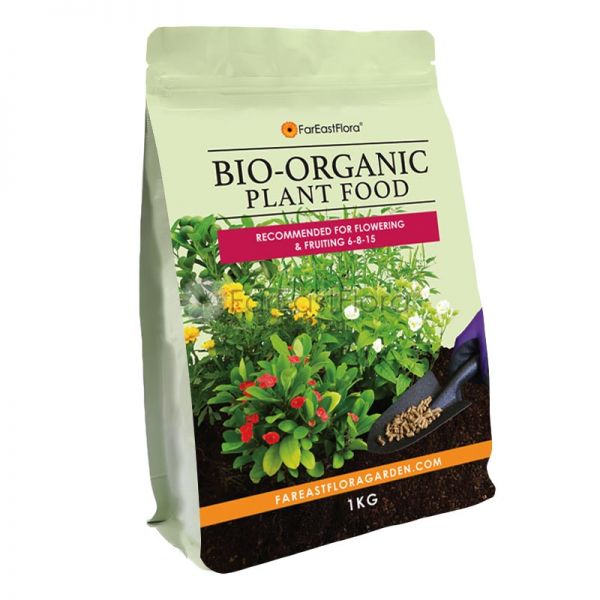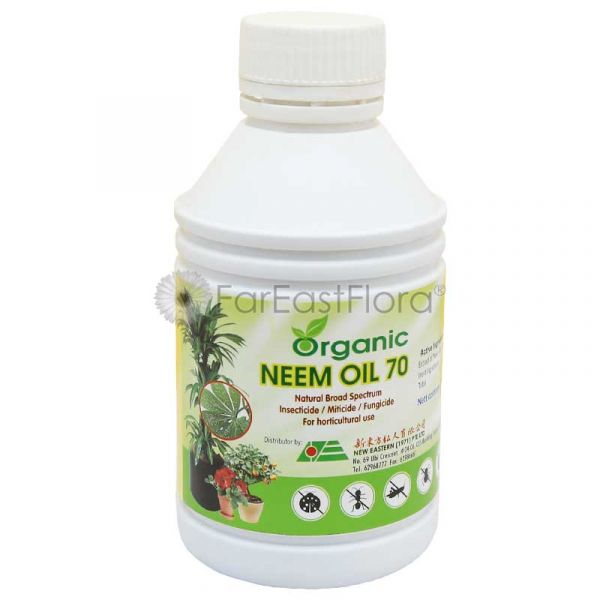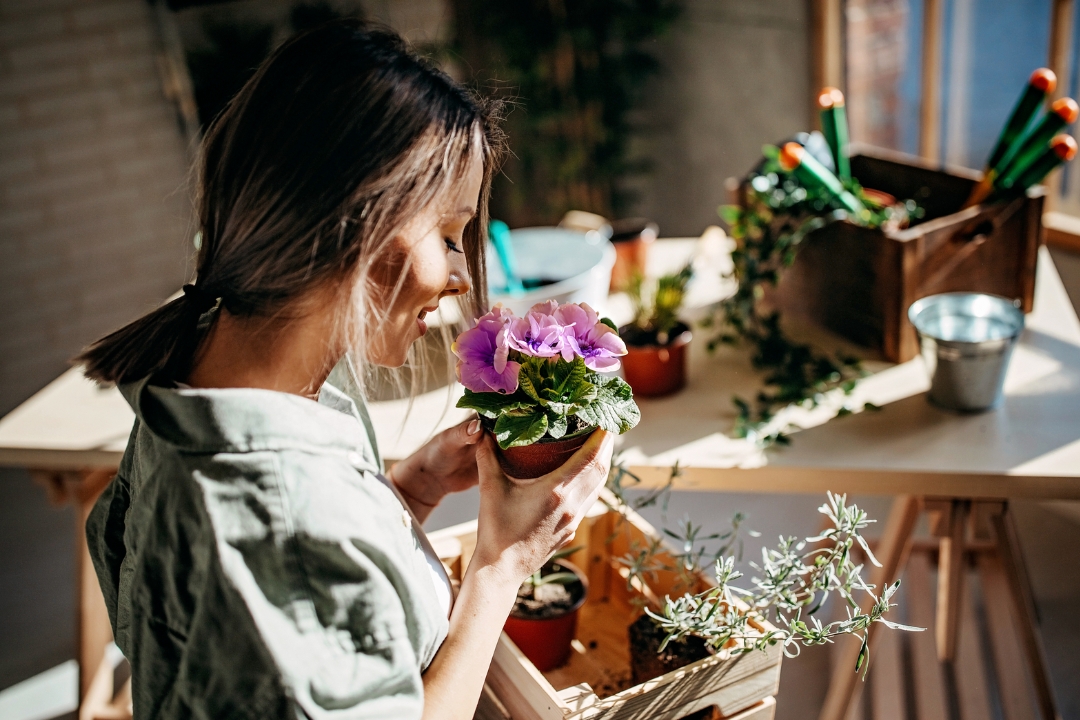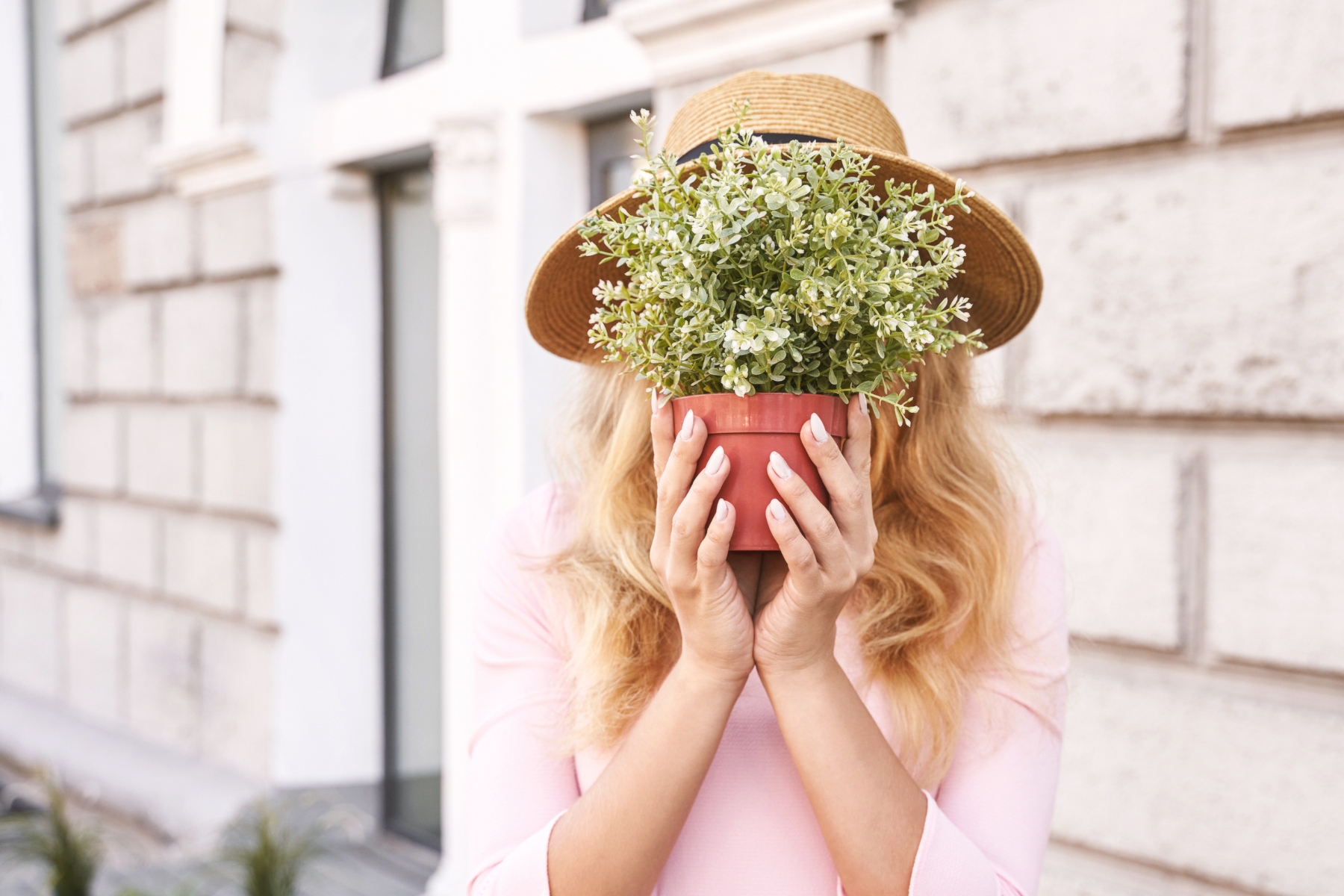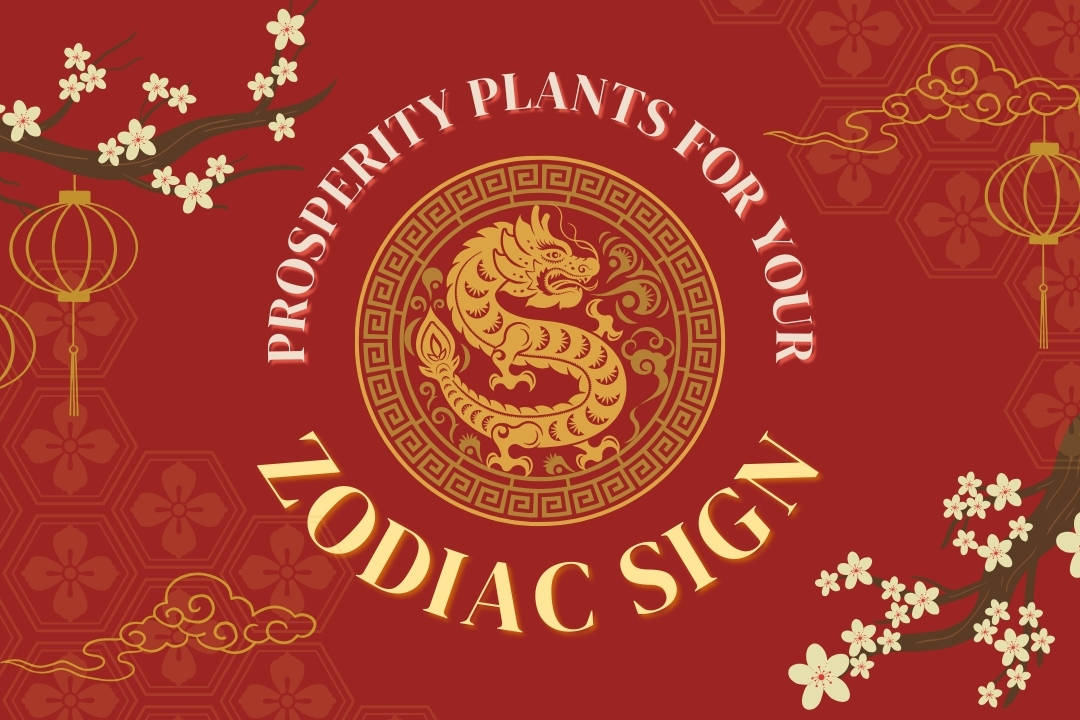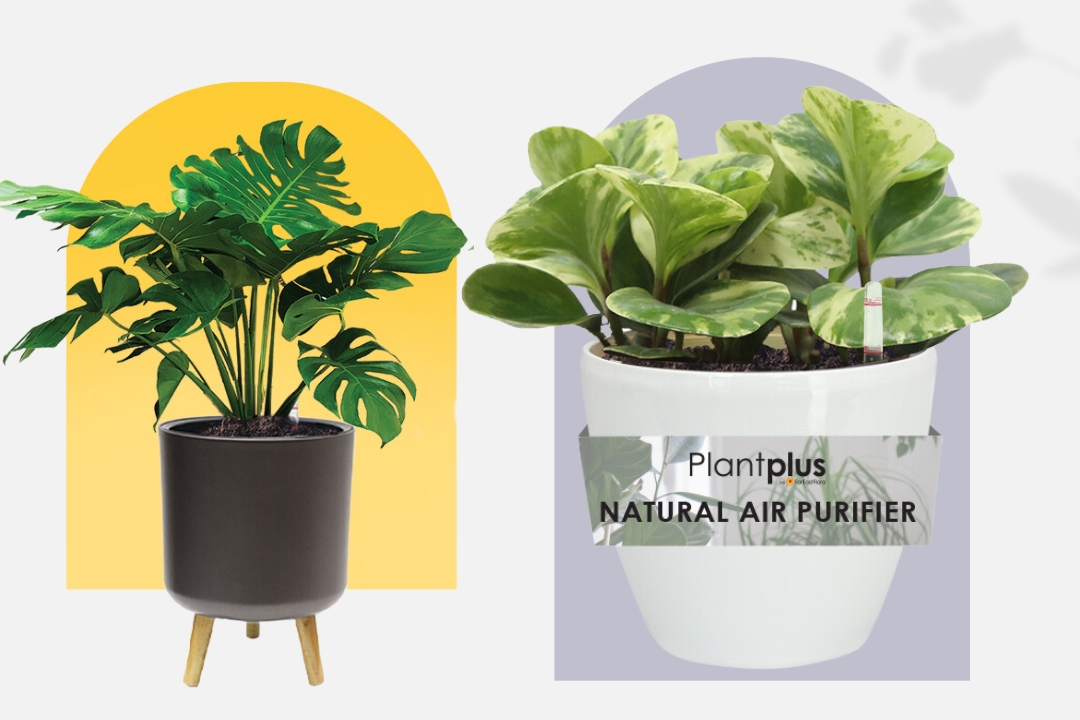Get to Know: Pomegranate
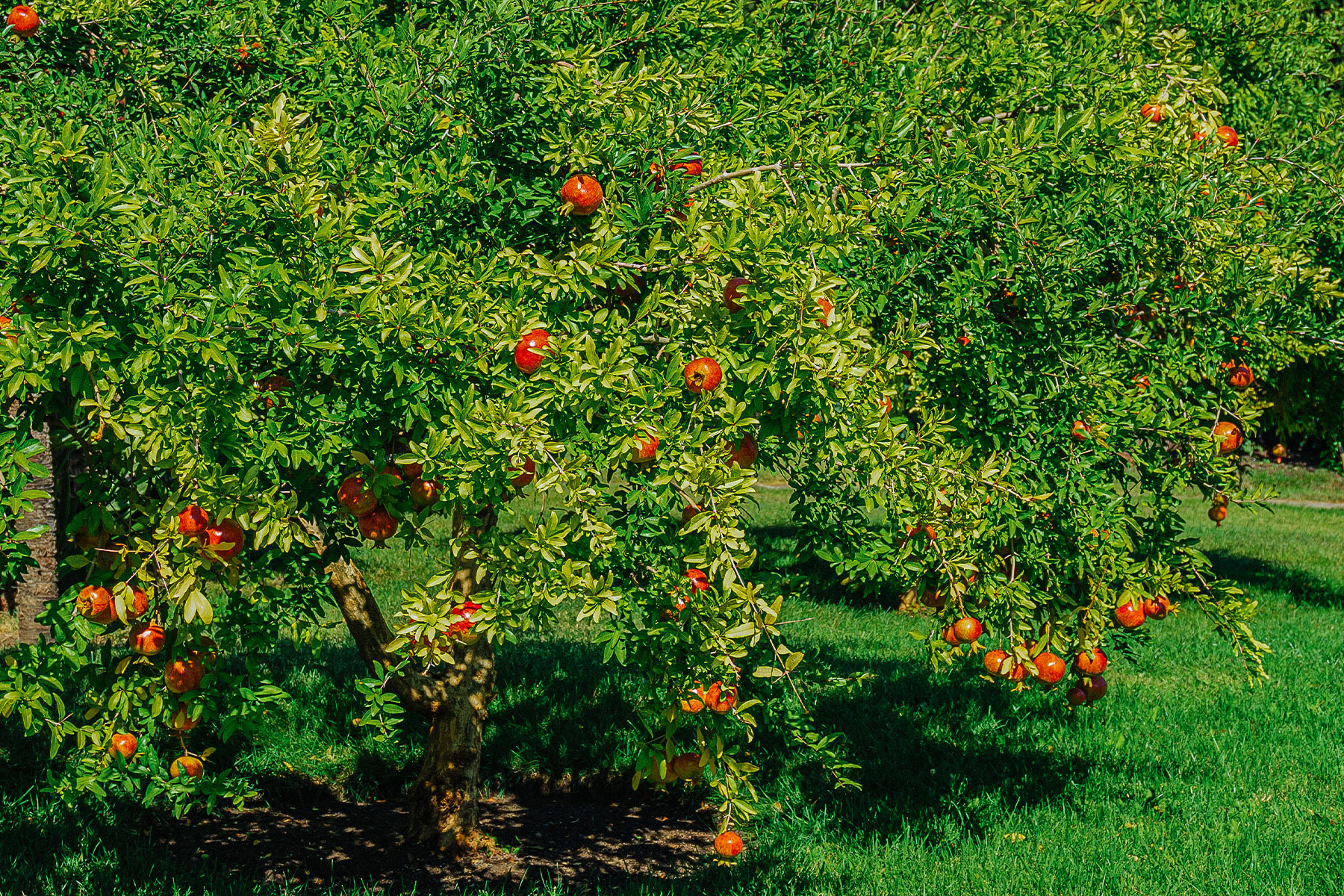 Punica granatum, commonly known as Pomegranate, is a popular fruit tree native to Southwest Asia. These ancient trees are easy to care for and require minimal maintenance! You may have seen it in grocery stores or on recipes but did you know you can grow one in your garden? Find out how you can care for a Pomegranate tree here!
Punica granatum, commonly known as Pomegranate, is a popular fruit tree native to Southwest Asia. These ancient trees are easy to care for and require minimal maintenance! You may have seen it in grocery stores or on recipes but did you know you can grow one in your garden? Find out how you can care for a Pomegranate tree here!
Fun Fact: Do you know that Pomegranate is said to have inspired the design of a modern warfare weapon? The weapon is also said to be named after the fruit! The word “grenade” stems from the French word “pomme-grenade” which means “hand grenade”. “Grenade” is the French word for pomegranate! When cracked open, a grenade contains many tiny balls of shrapnel, resembling the many seeds of the pomegranate fruit! A little ironic that a weapon designed to kill was named after the fruit that often symbolises life and fertility!
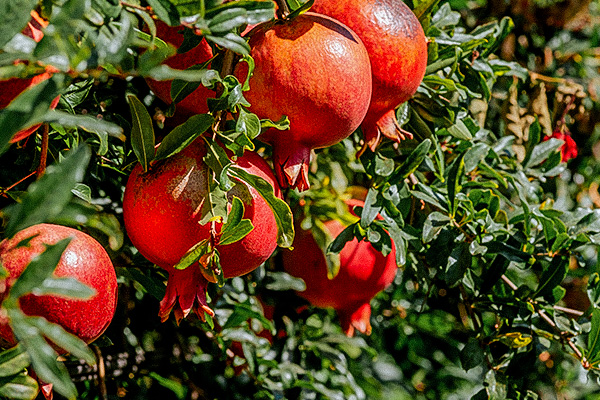
General care:
Light
Pomegranate trees need plenty of bright direct sunlight to thrive. They should receive at least six hours of direct sunlight each day.
Water
Water your Pomegranate trees when the soil feels dry to the touch. Ensure that the excess water drains out of the bottom of the pot each time you water. As Pomegranate trees are somewhat drought tolerant, they prefer damp soil over soaked soil. Overwatering may cause rotting of their shallow roots.
Potting Medium
Pomegranate trees are versatile and can tolerate a wide variety of soil types, as long as the medium is well draining. We recommend using our Welgro Superior Substrates which are pre-mixed with pumice. The free draining open structure of pumice helps to prevent water-logging, allows aeration, and aids in the development of roots.
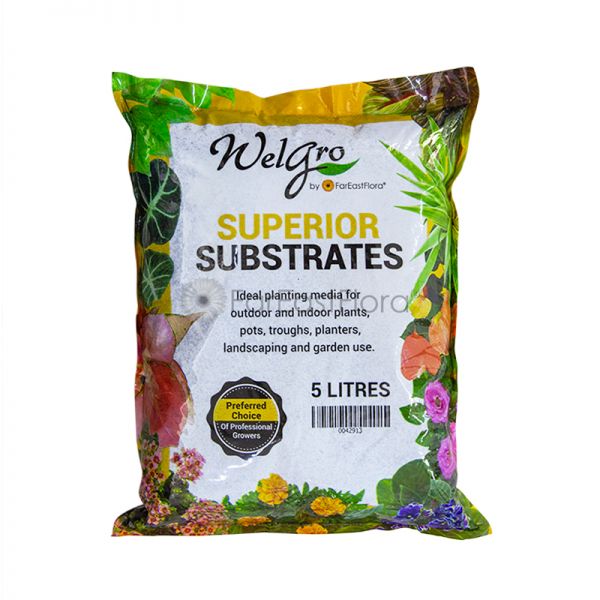
Shop: Welgro Superior Substrates
Fertiliser
Apply a balanced organic fertiliser once every two months. You can also choose to use a fertiliser with a slightly higher concentration of P (Phosphorus) and K (Potassium) content to induce flowering and fruiting!
Common Issues
Why are the leaves of my Pomegranate tree browning?
If you see the leaves of your pomegranate tree turning yellow and spotty, there could be a chance that the plant is infested by Aphids – a pest typically farmed by ants that feed by sucking plant juices from its leaves and stems. To get rid of aphids, we recommend using a neem oil solution which is particularly effective against aphids and other small-bodied insects like scale, mealybugs, and thrips that may also affect the plant.
Why are my Pomegranate fruits rotting?
Pomegranate trees are prone to fruit rot disease (fungus) known as “heart rot” or “black heart”. Symptoms exhibited from fruits include discoloration, being lightweight, and emitting a hollow sound when knocked on.
The only way to counter fungal diseases is by prevention. This can be done by planting the tree in well-draining soil, pruning dead and dying branches, and removing weeds surrounding the plant. Applying fungicide regularly can also help to prevent the spread of diseases.
What to do with Pomegranates?
Other than being a popular fruit used for making juices, jellies, and syrups, Pomegranate trees also make great statement pieces! These evergreen trees are ornamentally attractive with their fragrant scarlet blooms and deciduous glossy leaves. Pair them with your favourite planters to match the theme of your home and garden spaces!

